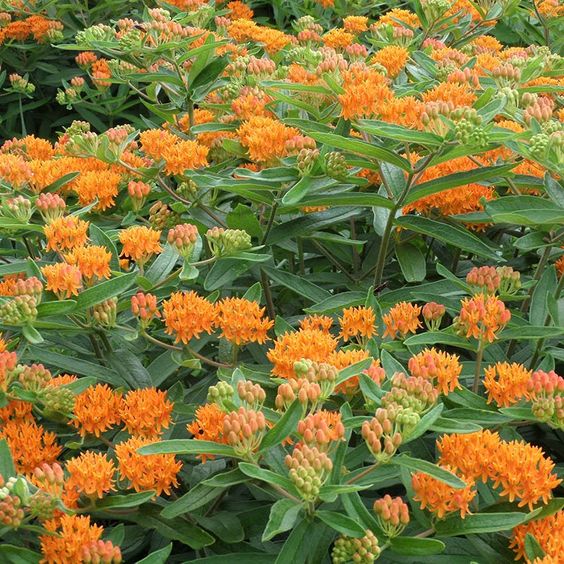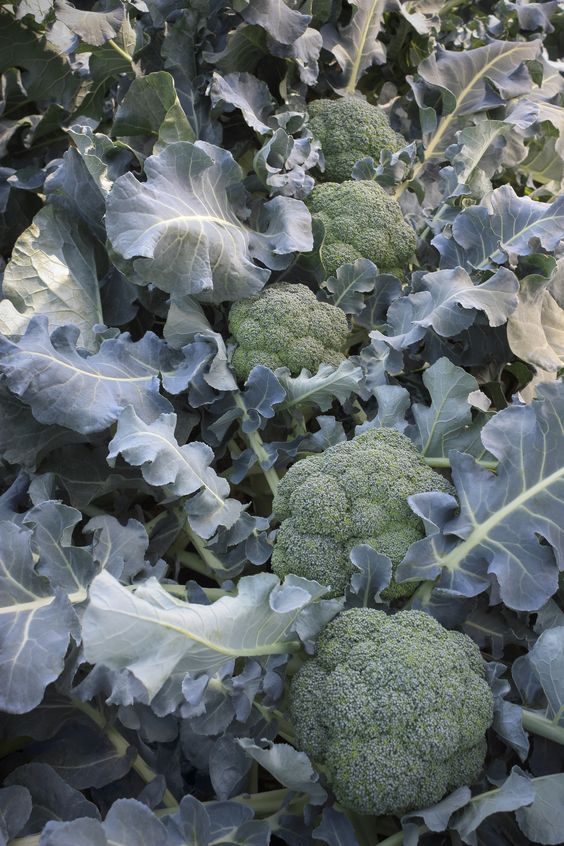Optimizing Plant Lettuce Production: A Guide to Smart Agriculture Techniques
Plant Lettuce, a staple leafy green with countless varieties, forms the backbone of many salads and healthy meals. However, traditional lettuce production faces challenges like water scarcity, disease outbreaks, and labor shortages. Smart agriculture offers a solution, integrating technology and data-driven approaches to optimize Plant Lettuce cultivation. This article explores how smart agriculture empowers growers to increase lettuce yield, improve resource efficiency, and enhance overall farm management.
Contents
- 1 Benefits of Smart Agriculture for Lettuce Production:
- 2 Objectives of Smart Agriculture for Plant Lettuce Production:
- 3 Explanation of Smart Agriculture Techniques for Plant Lettuce Production:
- 4 Challenges and Considerations:
- 5 mart Agriculture Considerations for Different Plant Lettuce Production Systems:
- 6 The Future of Smart Agriculture for Plant Lettuce Production:
Benefits of Smart Agriculture for Lettuce Production:
- Precision Irrigation: Sensors monitor soil moisture levels, triggering automated irrigation systems to deliver water exactly when and where lettuce plants need it. This reduces water waste, promotes optimal plant growth, and minimizes the risk of root rot.
- Environmental Monitoring: Sensors track temperature, humidity, and CO2 levels in greenhouses or controlled-environment agriculture (CEA) facilities. Automated systems adjust ventilation, lighting, and heating/cooling to maintain ideal growing conditions for lettuce, maximizing yield and quality.
- Nutrient Management: Sensors analyze nutrient content in the growing medium (soil or hydroponic solution) and adjust fertilizer application accordingly. This ensures plants receive the precise nutrients they need for healthy growth, minimizing waste and environmental impact.
- Disease and Pest Control: Advanced imaging technologies and sensors can detect early signs of disease or pest infestation. This allows for targeted interventions, reducing reliance on broad-spectrum pesticides and promoting sustainable pest management practices.
- Data-Driven Decision Making: Smart agriculture platforms collect and analyze real-time data on various parameters. Growers can use these insights to optimize planting schedules, resource allocation, and overall farm operations for improved efficiency and profitability.
Objectives of Smart Agriculture for Plant Lettuce Production:
- Increased Yield and Quality: By optimizing growing conditions and resource utilization, smart agriculture helps to maximize lettuce yield and maintain consistent quality throughout the growing season.
- Improved Resource Efficiency: Precision irrigation, nutrient management, and automated climate control minimize water, fertilizer, and energy waste, promoting sustainable agriculture practices.
- Reduced Labor Costs: Automation of tasks like irrigation, climate control, and data analysis reduces reliance on manual labor, freeing up growers to focus on strategic farm management decisions.
- Enhanced Farm Management: Real-time data insights empower growers to identify trends, predict potential problems, and make informed decisions that optimize farm operations.
- Traceability and Sustainability: Smart agriculture technologies can track lettuce from seed to harvest, providing valuable information on origin, production practices, and environmental impact, which can enhance consumer confidence and market access.
Explanation of Smart Agriculture Techniques for Plant Lettuce Production:
-
Sensor Technology:
- Soil Moisture Sensors: These sensors measure the volumetric water content in the root zone, providing vital information for irrigation management. Popular options include capacitance probes, tensiometers, and neutron probes. Each has advantages and limitations depending on factors like soil type and cost.
- Environmental Sensors: Temperature, humidity, and CO2 sensors work together to maintain optimal growing conditions. Temperature sensors can be thermistors, resistance temperature detectors (RTDs), or infrared sensors. Humidity sensors often utilize capacitive or resistive technologies. CO2 sensors typically employ infrared absorption techniques.
- Light Sensors: Light intensity and spectrum play a crucial role in lettuce growth. Light sensors, often photodiodes or photometers, capture this data. Advanced systems may incorporate PAR (Photosynthetically Active Radiation) sensors to measure light specific to plant growth.
- Imaging and Spectral Analysis: Cameras with specialized filters or hyperspectral cameras capture high-resolution images for automated disease and pest detection. Spectral analysis involves measuring light reflectance across various wavelengths to identify specific plant responses or nutrient deficiencies.
-
Automation and Control Systems:
- Irrigation Systems: Smart irrigation systems use data from soil moisture sensors to deliver water precisely when and where needed. These systems typically involve valves, pumps, and controllers programmed to adjust irrigation based on sensor readings.
- Climate Control Systems: Automated climate control systems utilize temperature, humidity, and CO2 sensors to adjust ventilation systems, heaters, coolers, and lighting fixtures to maintain optimal environmental conditions within greenhouses or CEA facilities.
- Nutrient Delivery Systems: These systems can be hydroponic or fertigation-based. In hydroponics, they automatically deliver precise nutrient solutions based on sensor readings and plant growth stage. Fertigation systems inject measured amounts of nutrients directly into irrigation water.
-
Data Analytics and Farm Management Platforms:
- Data Aggregation and Analysis: Data from various sensors is collected through gateways and stored in cloud platforms. Farm management platforms then aggregate and analyze this data, identifying trends, correlations, and anomalies.
- Real-Time Insights: Growers can access real-time dashboards on the platform to monitor crop health, resource usage, and environmental conditions. This allows for immediate adjustments to optimize Plant Lettuce production.
- Predictive Analytics: Advanced platforms utilize machine learning algorithms to analyze historical data and predict potential issues like disease outbreaks or resource depletion. This allows growers to take proactive measures and ensure optimal crop growth.
Case Studies:Here, you can include real-world examples of successful Plant Lettuce production using smart agriculture techniques. You can find relevant case studies through online research on agricultural technology companies or publications.
Challenges and Considerations:
- Initial Investment: Smart agriculture technologies require upfront investment in sensors, control systems, and data platforms. However, the long-term benefits in terms of increased efficiency and yield can offset these costs.
- Technical Expertise: Integrating and utilizing smart agriculture technologies may require some technical expertise. Training for growers or hiring agriculture technology specialists can bridge this gap.
- Data Security: Implementing robust data security measures is crucial to protect sensitive farm data collected by smart agriculture systems.
mart Agriculture Considerations for Different Plant Lettuce Production Systems:
-
Greenhouse Plant Lettuce Production: Smart agriculture shines in greenhouses, where environmental factors can be precisely controlled. Sensors monitor temperature, humidity, CO2 levels, and light intensity, while automation systems adjust these parameters for optimal lettuce growth. Additionally, advanced climate control systems can be programmed to mimic ideal seasonal conditions for specific lettuce varieties.
-
Indoor Vertical Farming: Vertical farms rely heavily on smart agriculture for optimal Plant Lettuce production. Sensors and automation systems play a critical role in monitoring and regulating temperature, humidity, CO2, lighting, and irrigation within each vertical module. Real-time data insights enable growers to adjust these factors for efficient resource utilization and maximized lettuce yield.
-
Outdoor Plant Lettuce Production: Smart agriculture can be implemented even in outdoor lettuce production. Sensors can monitor soil moisture, temperature, and weather conditions. This data can be used to optimize irrigation schedules, predict potential weather-related challenges, and inform decisions about pest and disease management. Additionally, smart irrigation systems can be combined with weather data to adjust watering based on forecasted precipitation.
The Future of Smart Agriculture for Plant Lettuce Production:
The future of smart agriculture for Plant Lettuce production holds exciting possibilities:
- Artificial Intelligence: AI-powered systems will analyze vast amounts of data to optimize every aspect of lettuce production, from planting schedules and nutrient delivery to disease prediction and resource allocation.
- Robotics and Automation: Robots could handle tasks like transplanting seedlings, harvesting lettuce heads, and even performing basic plant health checks, further reducing labor requirements and improving production efficiency.
- Internet of Things (IoT) Integration: Enhanced connectivity between various smart agriculture devices will allow for seamless data exchange and real-time decision-making, leading to a more integrated and responsive lettuce production system.
- Sustainability Focus: Smart agriculture will play a key role in promoting sustainable Plant Lettuce production practices. Precision irrigation and nutrient management will minimize water and fertilizer waste, while data insights will help growers optimize energy consumption within greenhouses or CEA facilities.
Conclusion Plant Lettuce Smart agriculture offers a transformative approach to Plant Lettuce production. By embracing these technologies and best practices, growers can achieve significant improvements in yield, resource efficiency, and sustainability. As technology continues to evolve, smart agriculture holds the potential to revolutionize lettuce production and contribute to a more secure and sustainable future for the agricultural sector.




